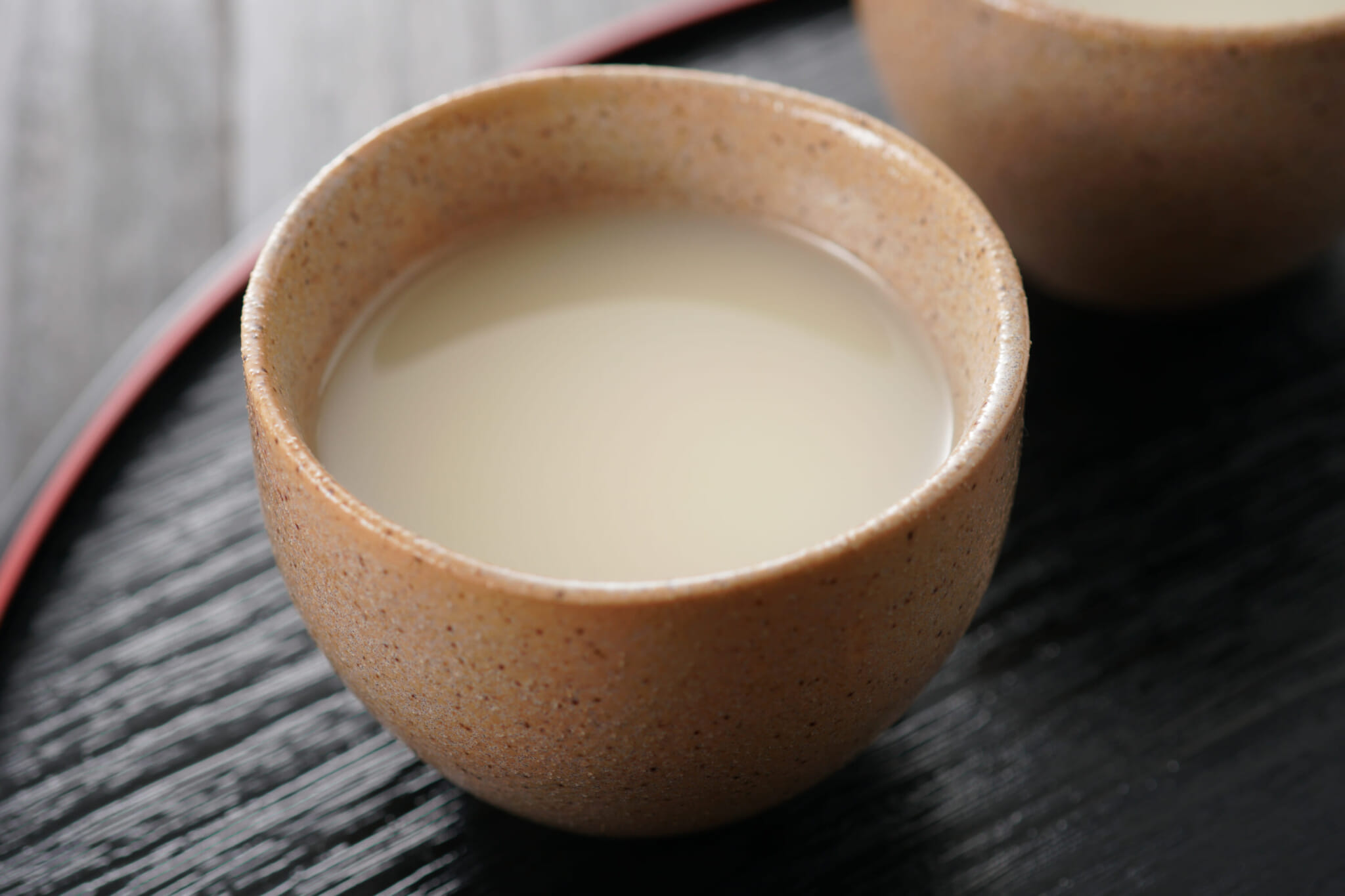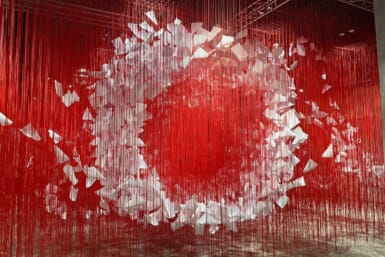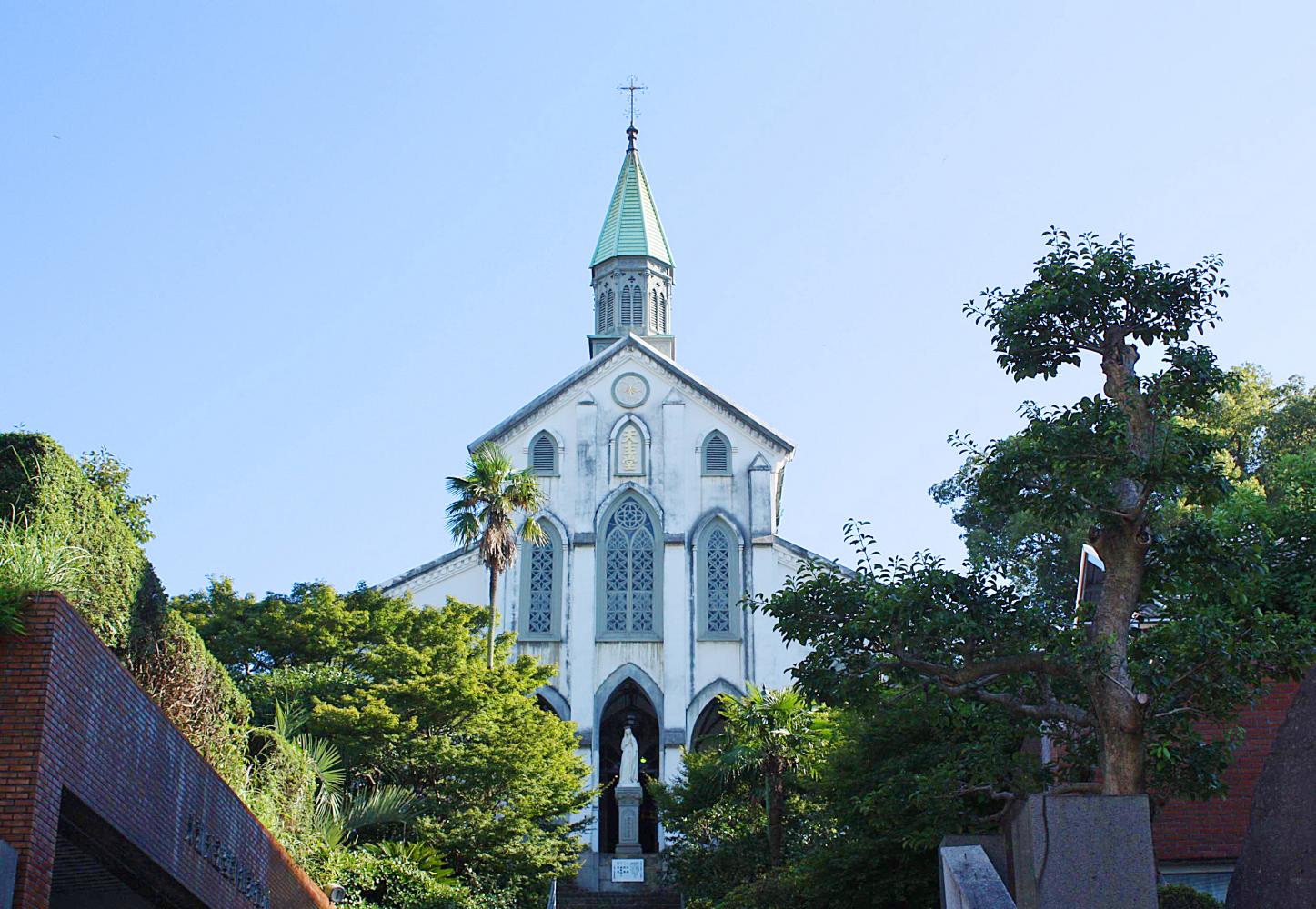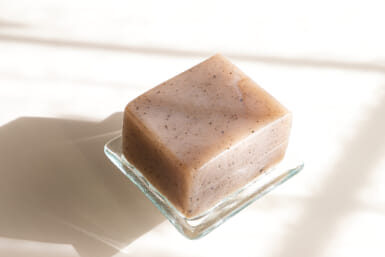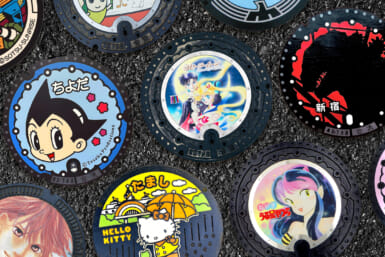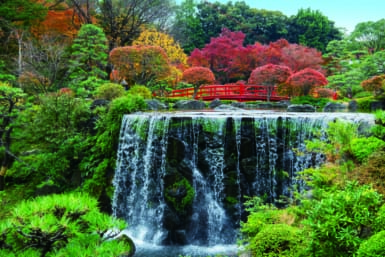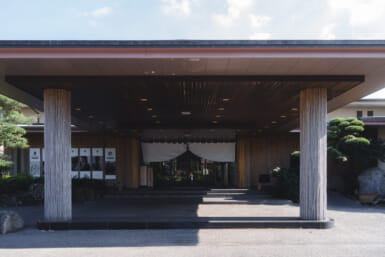Doburoku is making headlines for its cloudy texture and ricey taste. But what is it, really?
What is Doburoku?
The brewing process of doburoku is simpler than that of Japanese rice wine nihonshu, making it a great option for eager home brewers. It is fermented with three simple ingredients: rice, koji mold and water, resulting in a cloudy, pulpy drink.
Unlike nihonshu, which is filtered until it runs clear, doburoku is left as it is, complete with rice sediment. Its flavor is bold, with sweet and savory notes that can range from mildly tangy to pleasantly sweet. It boasts a richer, creamier texture than other comparable rice wine offerings.
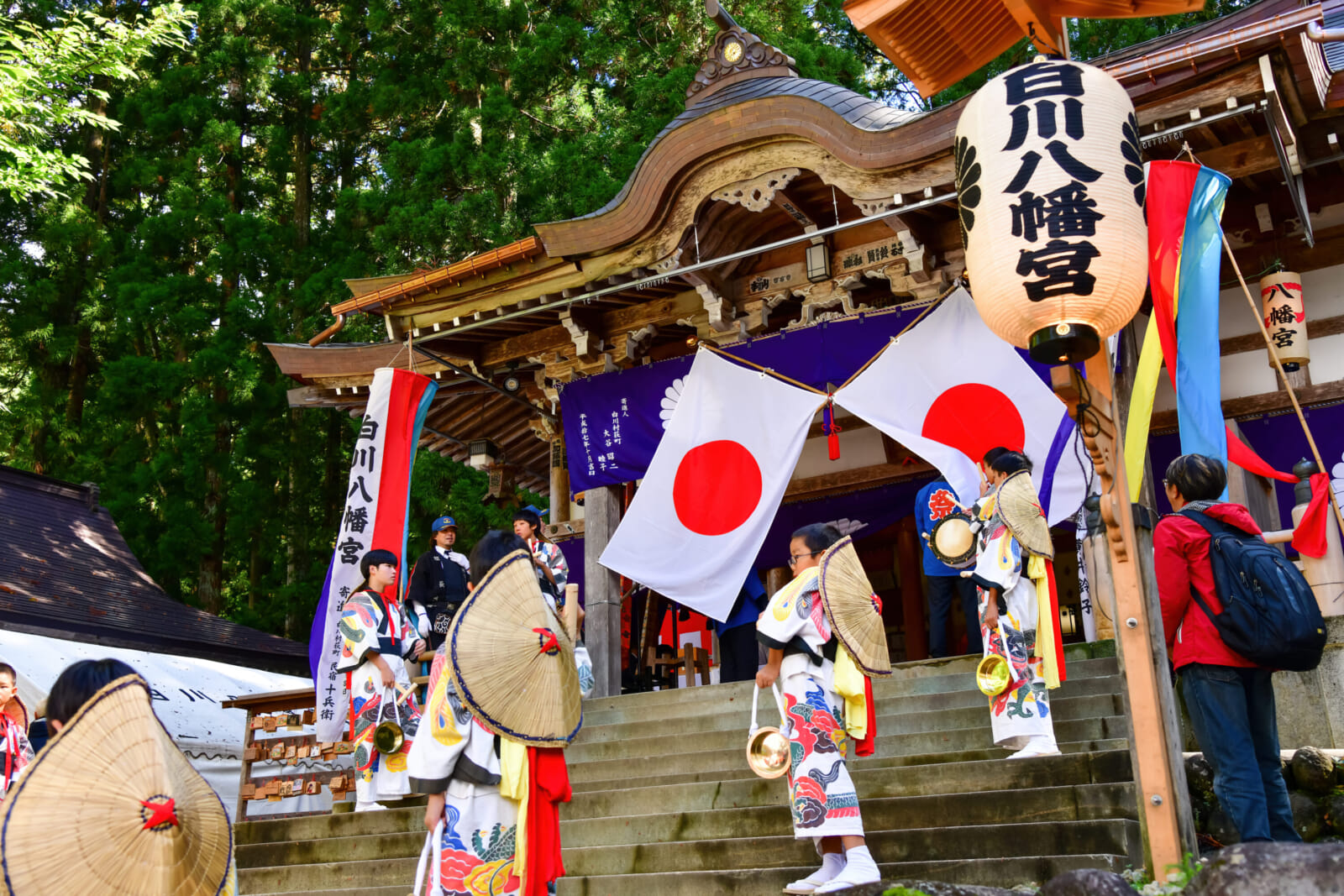
Doburoku Festival in Gifu Prefecture
The History of Doburoku
Doburoku is over 1,000 years old. The first evidence of the drink can be traced back to at least the Asuka period (538–710), however, it’s believed to have been around since people started rice cultivation.
For centuries, rice farmers brewed doburoku in small batches, using it to celebrate bountiful harvests and offer thanks to Shinto deities. As the drink became embedded in local traditions, it became common for doburoku to be used in religious rituals. Even today, it plays a role in certain Shinto festivals, such as the Doburoku Festival in Gifu Prefecture.
Surprisingly Controversial
Japan’s strict liquor laws banned brewing alcohol without a license, so it became illegal to make doburoku at home in 1899. In recent years, this has slightly changed, as the government realized that rural communities were suffering due to the effects of depopulation.
In the 2000s, it designated special zones, allowing small-scale doburoku brewing, as long as the brewery used rice it had grown itself. These areas, primarily in rural Japan, celebrate the history of doburoku with dedicated festivals that keep the tradition alive, making it possible for visitors to taste authentic doburoku.
Doburoku vs. Nigori Sake
Though both doburoku and nigori sake share a cloudy appearance, they’re distinctly different drinks with contrasting brewing methods and textures. Nigori is a type of sake that is partially filtered, often leaving a light, milky cloudiness. However, unlike doburoku, it undergoes more refinement, resulting in a lighter and smoother taste.
Doburoku, on the other hand, is left completely unfiltered, making it thicker, with rice sediment still in the liquid, giving it a rustic and robust taste that nigori lacks.
In terms of flavor, nigori tends to be sweeter, while doburoku’s flavors are earthier and more complex. Nigori can be enjoyed chilled, while doburoku is traditionally served warm or at room temperature, allowing a fuller flavor profile to shine through.
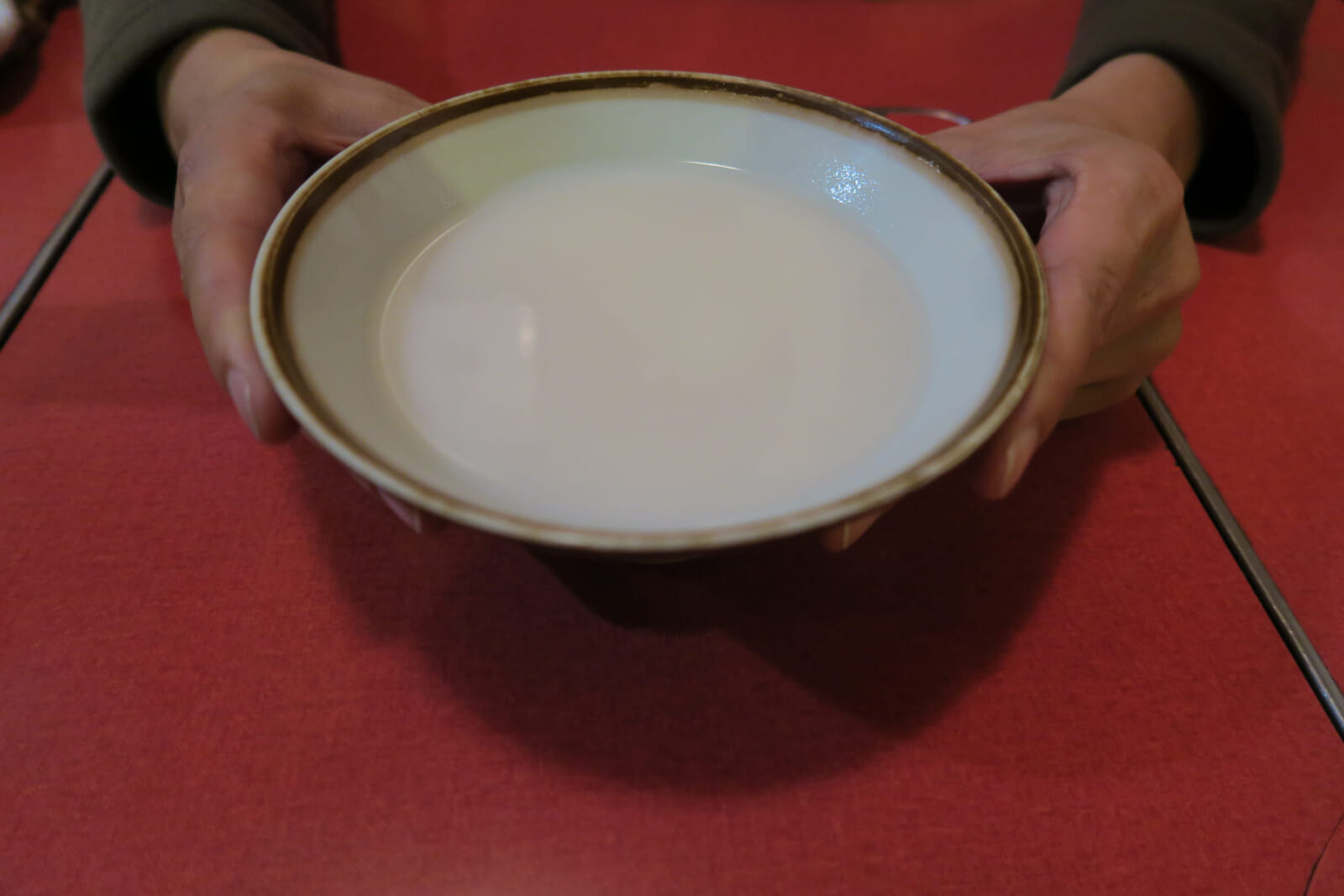
Doburoku at Home
Home brewing alcoholic beverages without a license is illegal in Japan. However, enthusiasts can explore legal alternatives, such as making amazake, a non-alcoholic rice drink that uses a similar process but without fermentation. Amazake captures some of the creamy, sweet flavors of doburoku and can be made at home without a license.
For those outside Japan where home brewing laws are more relaxed, several resources can guide you in brewing your own doburoku, including books like The Art of Fermentation by Sandor Ellix Katz. There are also online tutorials.
Doburoku is more than a drink; it’s a sip of Japanese tradition, capturing the history and spirit of the country’s rural past with every glass. The earthy, unrefined taste is a reminder of the centuries-old relationship between Japanese culture and rice. For travelers or locals looking to explore the roots of sake culture, a taste of doburoku is an experience not to be missed.
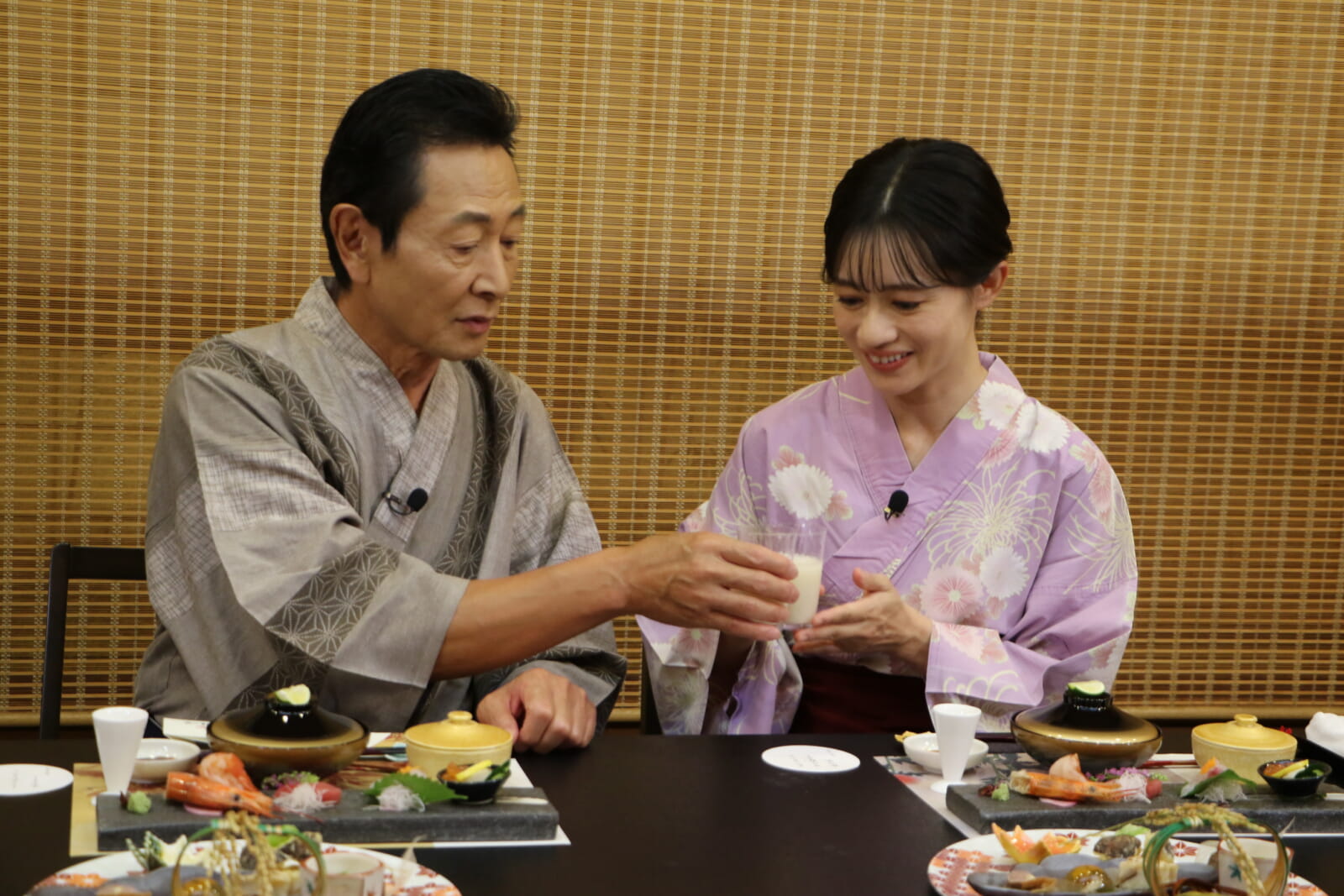
Where To Find Doburoku in Tokyo
Although Tokyo isn’t traditionally a hotspot for doburoku, several izakaya, restaurants and bars serve it, often thanks to partnerships with breweries in designated special zones.
Places To Drink Doburoku in Tokyo
| Location | Heiwa Doburoku Kabutocho Brewery |
| More Info | Website → |
| Location | Eureka! |
| More Info | Website → |
Occasionally, you can sample doburoku at sake festivals or cultural fairs, so it’s worth keeping an eye out for seasonal events too.

